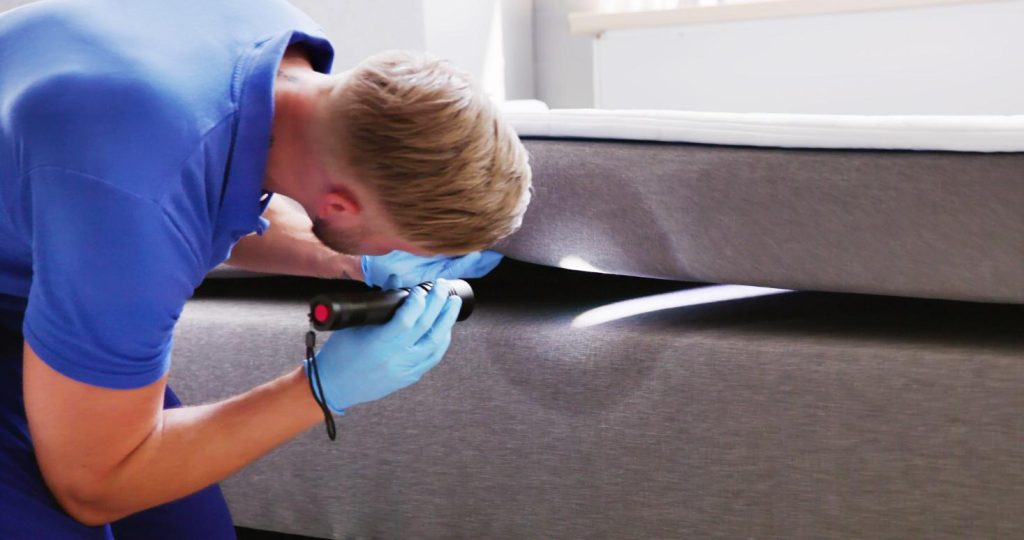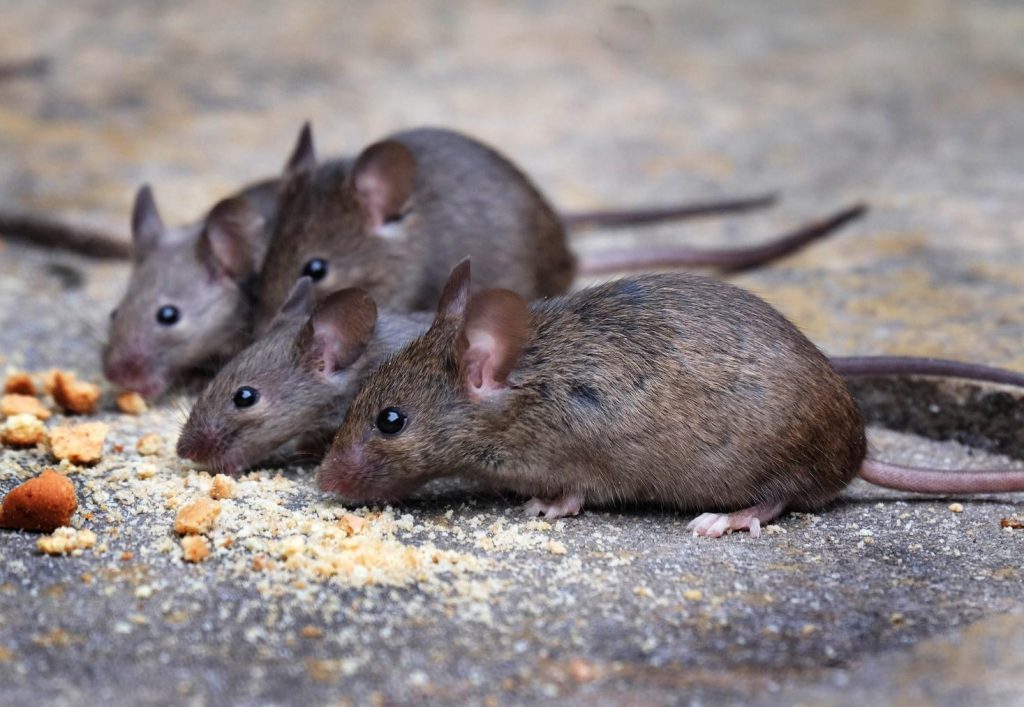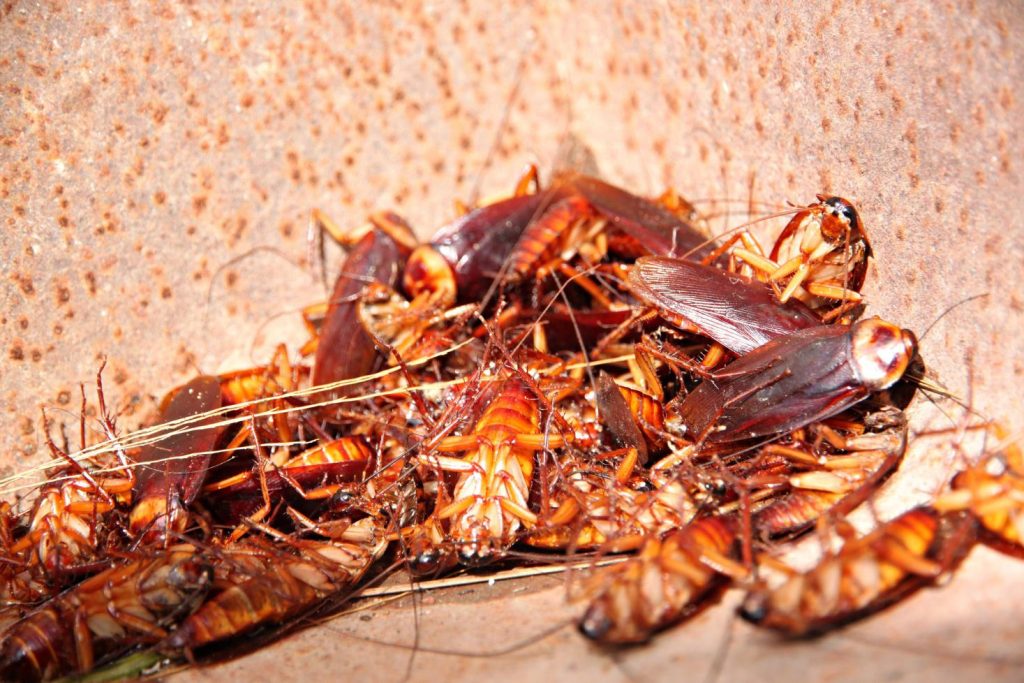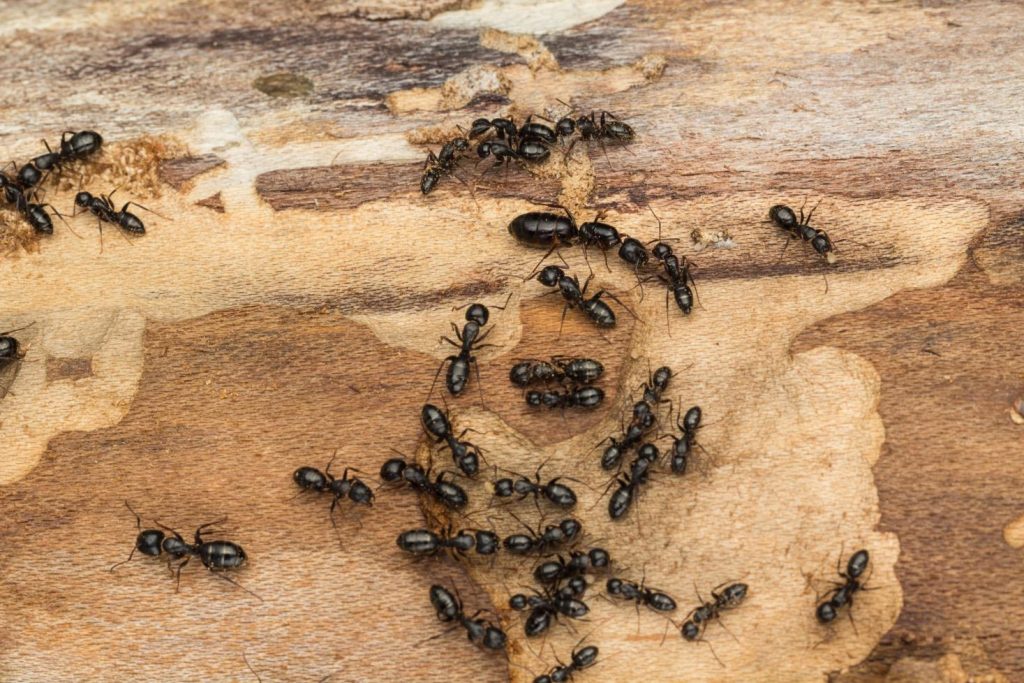
RACCOON DESCRIPTION
The raccoon, sometimes spelled racoon, also known as the common raccoon, North American raccoon, northern raccoon, or coon, is a medium-sized mammal native to North America. The raccoon is the largest of the procyonid family, having a body length of 40 to 70 cm (16 to 28 in) and a bodyweight of 5 to 26 kg (11 to 57 lb). Its grayish coat mostly consists of dense underfur which insulates it against cold weather. Three of the raccoon’s most distinctive features are its extremely dexterous front paws, its facial mask, and its ringed tail.

Bed Bug Resistance & What You Can Do
Are there bugs in bed biting you? No matter how many times you try to get rid of bed bugs, they keep coming back? What’s going on? It might be because these tiny pests are evolving resistance to many treatments people have relied on for years. This article examines how bed bugs are outwitting modern…

Why Mice Keep Coming Back and How To Get Rid of Mice
Mice are annoying pests. They’re persistent and can easily invade both homes and businesses, causing damage and spreading disease. Understanding why they keep showing up even after removal efforts is a crucial part of permanent pest control. In this blog, we’ll talk about why reinfestations happen and what you can do about them. Why Reinfestations…

Top Cockroach Hiding Spots in Alberta Homes & How to Prevent Infestations
If you live in Alberta, you might think the cold winters keep your home safe from a cockroach infestation. Unfortunately, this is a myth. Cockroaches are resilient pests that take refuge inside homes and other buildings. Warm, dark, and moist environments are ideal cockroach hiding spots, and knowing this is key to effective cockroach pest…

Are You Attracting Carpenter Ants Without Realizing It? 5 Surprising Things They Love
Some types of pests are merely an inconvenience, but others can cause serious damage to your property–carpenter ants are among the worst. What do carpenter ants do? Carpenter ants can be dangerous because these little intruders tunnel through wood and into other materials to create nests, significantly weakening parts of structures such as attics, walls,…
